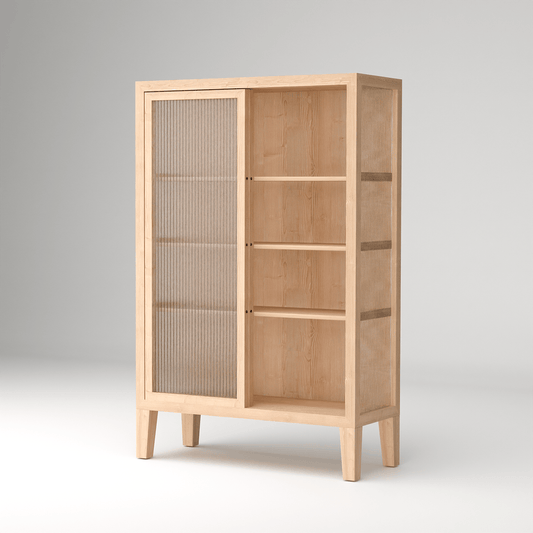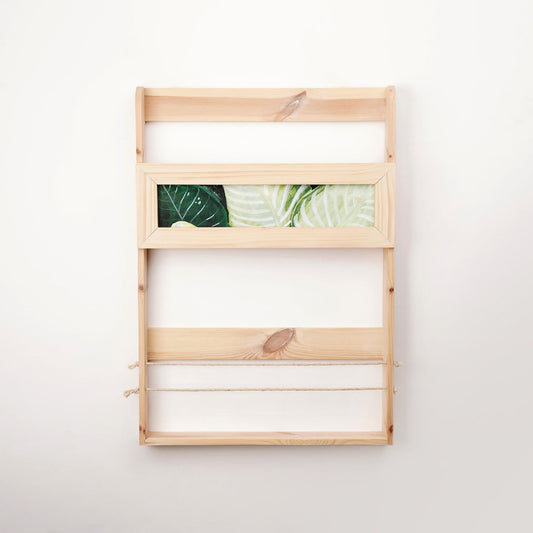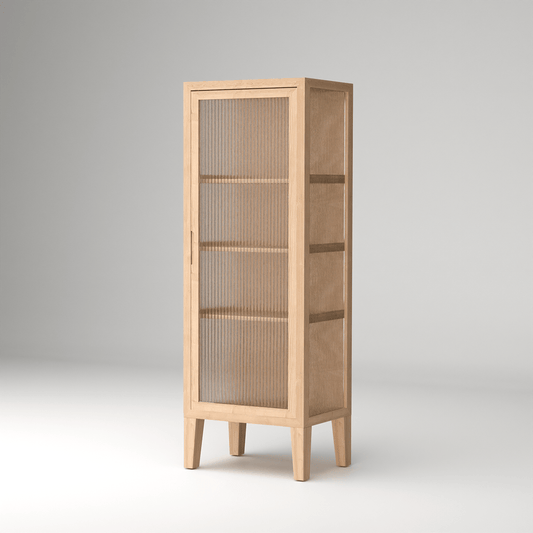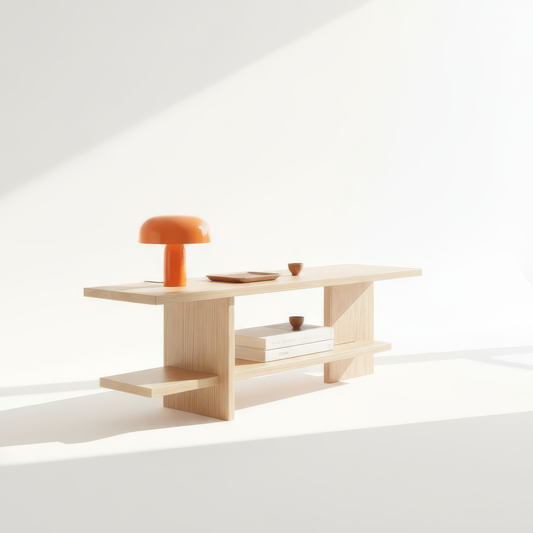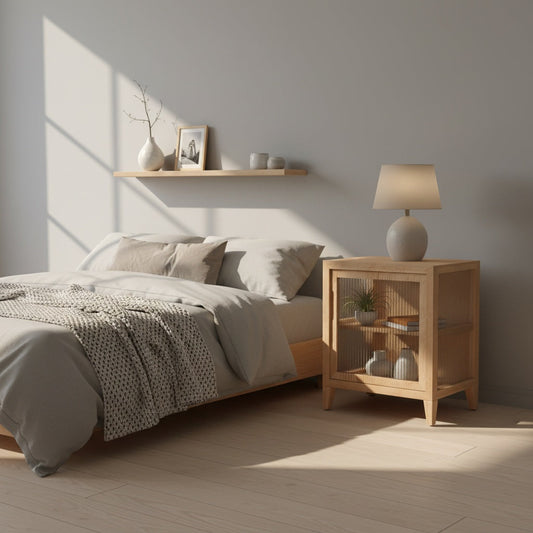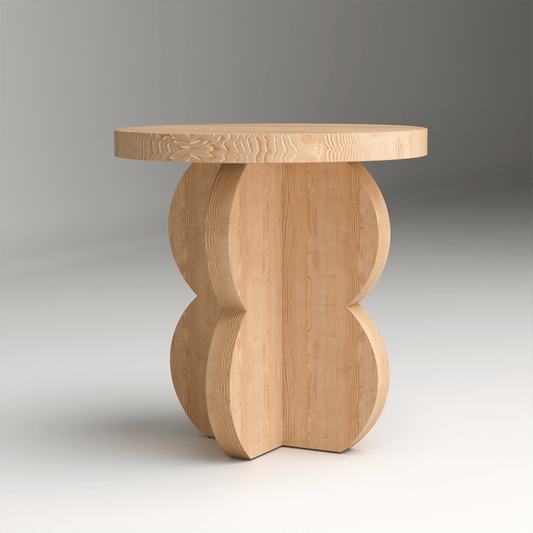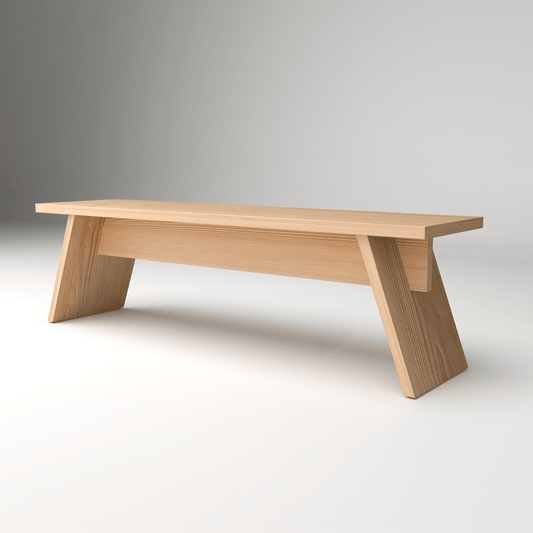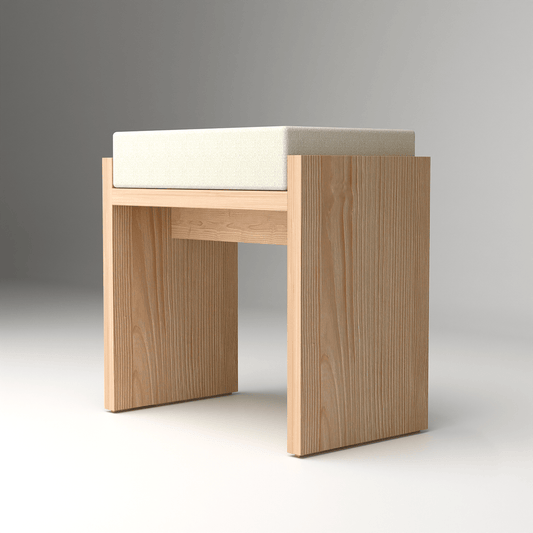In our increasingly fast-paced world, the home has become more than just a place to live; it's a sanctuary where we seek peace, restoration, and connection to what truly matters. Zen living spaces, inspired by Japandi design principles, offer a pathway to creating environments that actively promote tranquility and well-being. By combining Japanese zen philosophy with Scandinavian comfort, these spaces become powerful tools for cultivating calm in daily life.
Understanding Zen in Interior Design
The Philosophy of Zen Living
Zen philosophy emphasizes mindfulness, simplicity, and the appreciation of present moments. When applied to interior design, these principles create spaces that support mental clarity, reduce stress, and encourage contemplative living. The goal isn't merely aesthetic beauty, but environments that actively contribute to peace of mind and spiritual well-being.
Japandi as Zen Expression
Minimalist Foundation: Removing excess to reveal essential beauty Natural Material Connection: Using organic materials that ground us in nature Functional Meditation: Every object serving a clear, meaningful purpose Harmonious Balance: Creating visual and energetic equilibrium in spaces
Essential Elements of Zen Living Spaces
Spatial Harmony
Open Floor Plans: Uncluttered areas that allow energy to flow freely Defined Zones: Subtle boundaries that create purpose without walls Negative Space Appreciation: Empty areas that provide visual and mental rest Natural Light Integration: Daylight that connects interior spaces to natural rhythms
Material Authenticity
Unprocessed Woods: Timber that retains its natural grain and character Natural Stone Elements: Surfaces that connect us to earth's grounding energy Organic Textiles: Fabrics that feel authentic and age beautifully Handcrafted Details: Elements that carry the maker's intention and care
Color Psychology for Calm
Neutral Foundations: Whites, creams, and soft grays that promote serenity Earth-Inspired Accents: Muted greens, warm browns, and gentle beiges Monochromatic Schemes: Limited palettes that reduce visual stimulation Natural Light Enhancement: Colors that maximize and reflect available daylight
Creating Zen Living Rooms
Seating Arrangements for Contemplation
Low-Profile Furniture: Pieces that maintain connection to the ground Circular Arrangements: Seating that encourages conversation and connection Meditation Corners: Dedicated spaces for quiet reflection and mindfulness Flexible Configurations: Furniture that adapts to different contemplative needs
Storage That Maintains Serenity
Hidden Organization: Storage solutions that preserve clean visual lines Natural Material Cabinets:Organization that feels integrated rather than imposed Minimal Display: Carefully chosen objects that inspire rather than overwhelm Seasonal Rotation: Changing displays that reflect natural cycles
The Nordic Fluted Glass Cabinet in Pinewood at ₹37,900 to ₹47,000 embodies zen living principles, offering both display and concealed storage while maintaining the clean, natural aesthetic essential for contemplative spaces.
Technology Integration Without Disruption
Hidden Wiring: Cable management that maintains visual peace Minimal Devices: Technology that serves clear purposes without dominating Natural Material Housings: Device covers that blend with organic materials Designated Tech Zones: Specific areas that contain digital elements
Zen Bedroom Sanctuaries
Sleep Environment Optimization
Platform Bed Selection: Low beds that emphasize horizontal calm Natural Bedding Materials: Linens and cottons that breathe and comfort Minimal Nightstand Essentials: Bedside storage for only necessary items Blackout Solutions: Window treatments that support natural sleep cycles
Dressing and Storage Harmony
Closed Wardrobe Systems: Clothing storage that maintains visual calm Natural Material Organization:Closet systems in wood rather than synthetic materials Minimal Accessory Display: Jewelry and personal items stored thoughtfully Morning Ritual Support: Spaces that facilitate peaceful daily routines
Meditation and Reflection Areas
Floor Cushion Spaces: Areas for seated meditation and contemplation Natural Light Access: Positioning that connects to outdoor views and daylight Plant Integration: Living elements that purify air and connect to nature Sound Consideration: Spaces that minimize noise and support inner quiet
Kitchen and Dining Zen
Mindful Food Preparation
Clean Counter Spaces: Surfaces kept clear for focused cooking Natural Material Emphasis: Wood and stone that connect cooking to nature Organized Storage: Everything having a designated place and purpose Quality Tool Selection: Fewer, better-made implements that serve multiple functions
Contemplative Dining
Simple Table Settings: Place settings that focus attention on food and company Natural Centerpieces:Seasonal elements that connect meals to natural cycles Comfortable Seating: Chairs that encourage lingering and conversation Lighting for Atmosphere: Illumination that creates warmth and intimacy
The Everest Napkin Holder at ₹1,790 demonstrates how even small functional pieces can contribute to zen dining, providing simple organization while maintaining the clean aesthetic essential for mindful eating.
Home Office Zen
Workspace Clarity
Minimal Desk Surfaces: Work areas kept clear for focused thinking Natural Light Priority: Positioning that maximizes daylight for energy and mood Ergonomic Comfort: Seating and surfaces that support physical well-being Inspiration Without Distraction: Carefully chosen objects that motivate without overwhelming
Organization for Mental Clarity
Hidden Storage Systems: Files and supplies organized but not visible Digital Minimalism: Technology that serves clear purposes without excess Natural Material Integration: Office furniture in wood and other organic materials Quiet Zones: Spaces designed to minimize noise and support concentration
Plant Integration in Zen Spaces
Selecting Plants for Serenity
Architectural Forms: Plants with interesting shapes that complement clean lines Low-Maintenance Species: Varieties that thrive with minimal intervention Air-Purifying Qualities: Plants that improve indoor environmental quality Seasonal Interest: Species that change subtly throughout the year
Natural Container Choices
Ceramic and Stone Planters: Containers that feel connected to earth Natural Wood Boxes: Planters that integrate with furniture materials Minimal Design Pots: Simple forms that don't compete with plants Drainage Consideration: Practical solutions that protect floors and furniture
Lighting for Zen Atmospheres
Natural Light Maximization
Sheer Window Treatments: Coverings that filter rather than block daylight Mirror Placement: Reflective surfaces that multiply available light Light-Colored Surfaces: Walls and furniture that bounce light throughout spaces Seasonal Adaptation: Adjusting for changing daylight patterns throughout the year
Artificial Lighting Design
Warm Color Temperatures: Bulbs that mimic natural light qualities Layered Illumination: Multiple light sources that create depth and interest Dimmable Options: Lighting that adapts to different activities and moods Hidden Fixtures: Light sources that illuminate without becoming focal points
Textile Choices for Comfort and Calm
Natural Fiber Priority
Linen and Cotton: Breathable materials that feel authentic and age beautifully Wool Elements: Natural insulation that adds warmth and texture Hemp and Jute: Sustainable fibers that connect to environmental consciousness Silk Accents: Luxury materials used sparingly for special touches
Color and Pattern Restraint
Neutral Color Schemes: Textiles that support rather than compete with architecture Subtle Patterns:Designs that add interest without creating visual noise Texture Variation: Different weaves and materials that provide tactile interest Seasonal Rotation: Changing textiles to reflect natural cycles and maintain freshness
Maintenance and Care for Zen Spaces
Mindful Cleaning Practices
Daily Tidying Rituals: Regular maintenance that becomes meditative practice Natural Cleaning Products:Solutions that don't compromise indoor air quality Gentle Material Care: Methods that preserve rather than damage natural finishes Seasonal Deep Cleaning: Periodic thorough cleaning that refreshes spaces
Preserving Natural Materials
Wood Care Routines: Regular maintenance that keeps timber healthy and beautiful Stone Surface Protection: Methods that maintain natural stone integrity Textile Rotation: Changing fabrics to prevent wear and maintain freshness Plant Care Integration: Gardening as part of overall space maintenance
Budget Approaches to Zen Living
Investment Priorities
Quality Natural Materials: Prioritizing authentic materials over synthetic alternatives Key Furniture Pieces:Starting with essential items that anchor spaces Professional Consultation: When to seek expert guidance for major changes Gradual Development: Building zen spaces over time rather than all at once
Cost-Effective Strategies
DIY Natural Finishes: Learning to care for and restore natural materials Vintage and Antique Integration:Finding older pieces that embody zen principles Plant Propagation: Growing your own plants from cuttings and seeds Seasonal Textile Changes: Refreshing spaces with new textiles rather than furniture
Cultural Sensitivity in Zen Design
Respectful Appreciation
Understanding Origins: Learning about the philosophical roots of zen principles Avoiding Superficial Copying: Using principles rather than copying specific cultural objects Supporting Authentic Makers:Choosing pieces from artisans who understand the traditions Personal Interpretation: Adapting principles to your own cultural context and needs
Modern Adaptation
Contemporary Needs: Applying traditional principles to modern living requirements Technology Integration: Thoughtfully incorporating necessary modern conveniences Family Life Balance: Creating zen spaces that work for households with children Cultural Fusion: Respectfully blending elements from different traditions
The Psychology of Zen Living
Stress Reduction Benefits
Visual Calm: Clean, uncluttered spaces that reduce mental overwhelm Natural Connection: Materials and elements that ground us in nature Mindful Focus: Environments that encourage present-moment awareness Restorative Rest: Spaces that actively support relaxation and renewal
Long-Term Well-Being
Habit Formation: Environments that encourage healthy daily routines Emotional Regulation: Spaces that support emotional balance and stability Creative Inspiration: Clean, calm environments that foster innovative thinking Spiritual Growth: Spaces that support contemplation and inner development
Creating Your Zen Journey
Zen living spaces offer more than beautiful interiors; they provide environments that actively support well-being, mindfulness, and connection to what truly matters. By embracing Japandi principles and zen philosophy, you create homes that serve as sanctuaries from the chaos of modern life.
The key to successful zen living lies in understanding that it's not about perfection, but about creating spaces that support your journey toward greater peace and awareness. Whether you transform a single room or gradually develop your entire home, zen living spaces offer a powerful tool for cultivating the calm and clarity that enhance every aspect of life.


